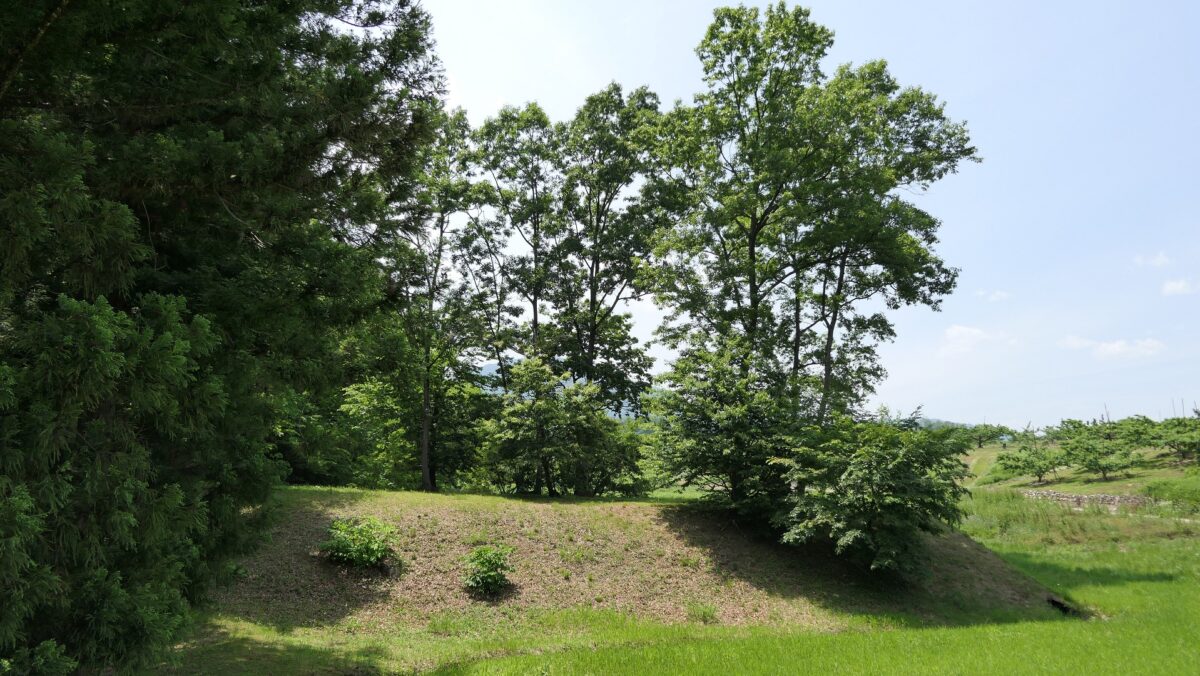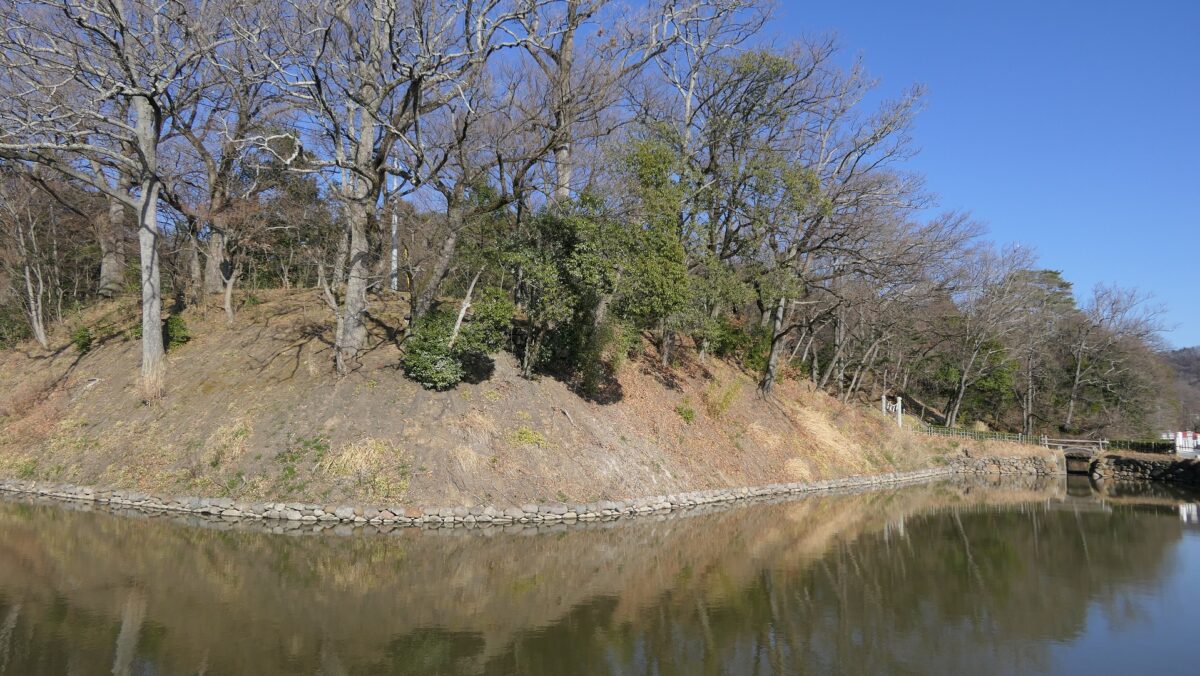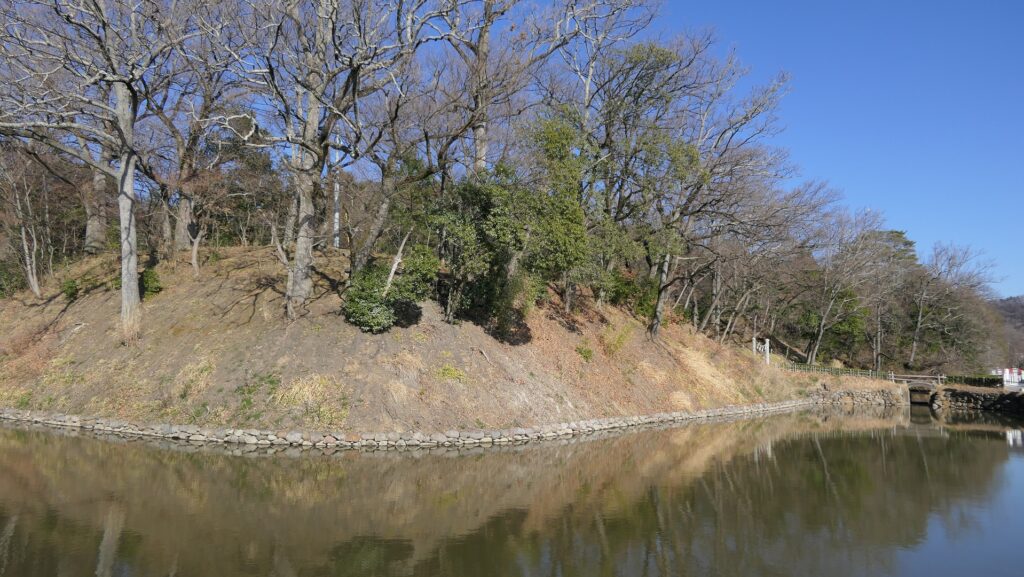Features
Another mysterious Degamae system
You should finally check out the Degamae system on the northern side of the castle. It consists of two banks sticking out of the mountain, which are very unique to the castle. Historians often wondered if they were used as the strongholds for guns or for adjustment of the water in the moats. It is still uncertain because no other example like that were found in other castles.
The map of the northern part of the castle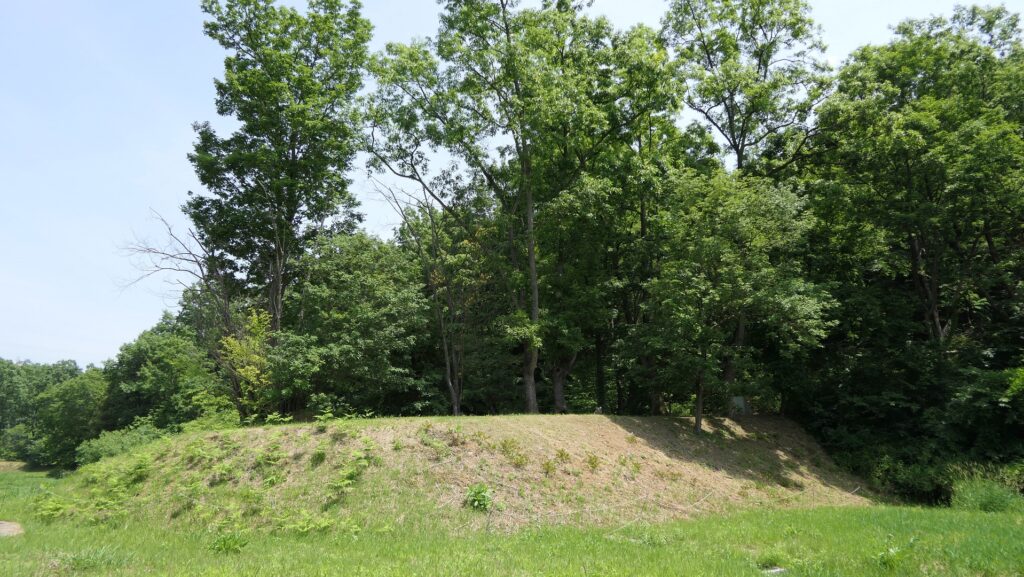
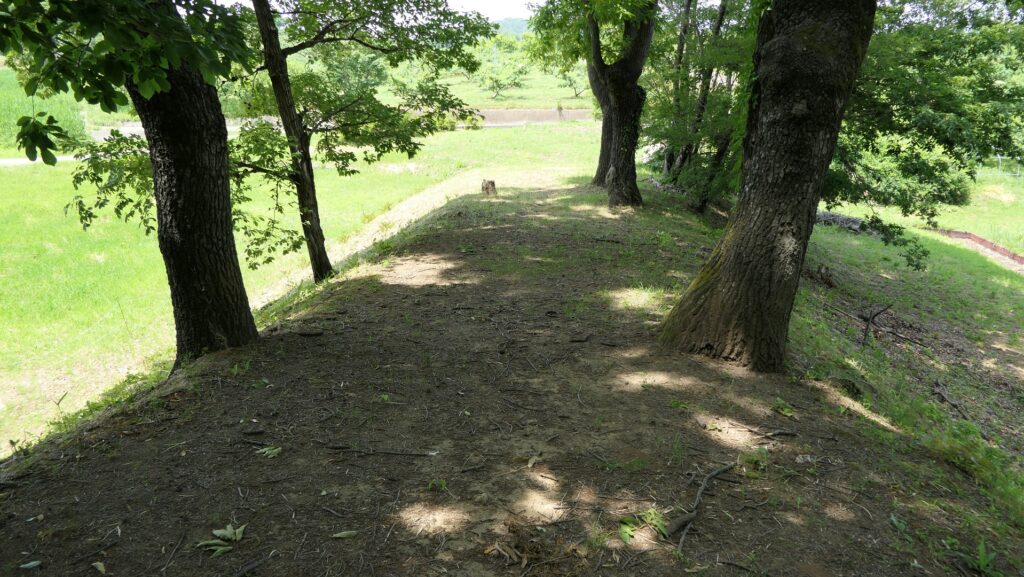


Later History
The ruins of Shinpu Castle was developed after they were designated as a National Historic Site in 1973. Nirasaki City has been changing them to public land since 1988 and 98% of them are now publicly owned. The city also started the excavation of the site in 1998 and the development as a historical site in 2005. That’s why we can visit and see the castle ruins at anytime.


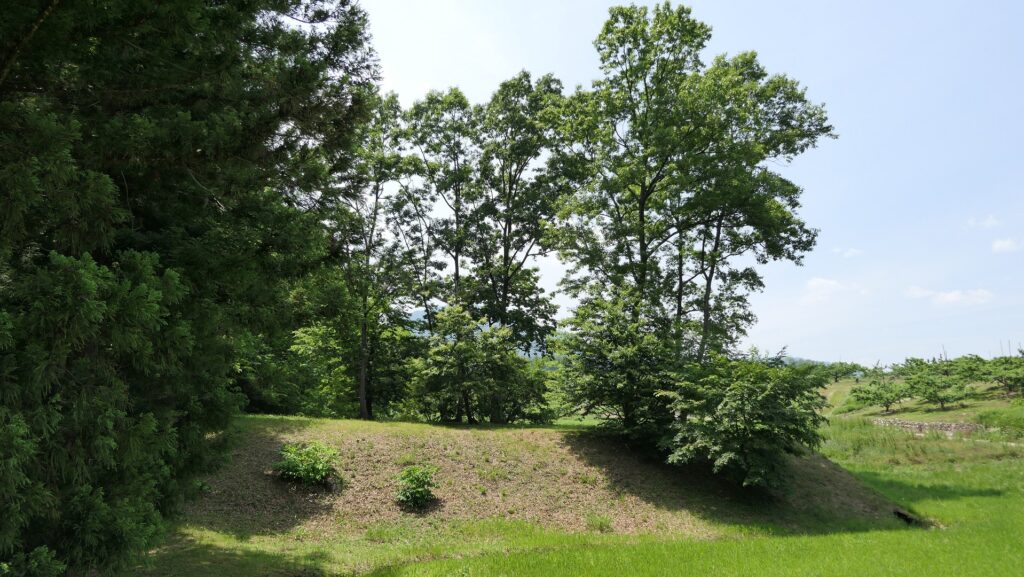
My Impression
I think that Shinpu Castle was the mixture of a castle and a hall like the combination of Takeda Clan Hall and Yogaisan Castle before. Yogaisan was a mountain castle used for emergencies when a battle happened around Takeda Clan Hall. Shimpu Castle was a hybrid of the two previous castles. That’s why someone can easily see it as a hall. However, Shimpu Castle was too large to be protected by a few soldiers. When Nobunaga Oda’s troops were heading for the castle, most of Katsuyori Takeda’s retainers surrendered or escaped from him. He must have realized that it would be impossible to protect the castle all by themselves. Shimpu Castle couldn’t show full potential.


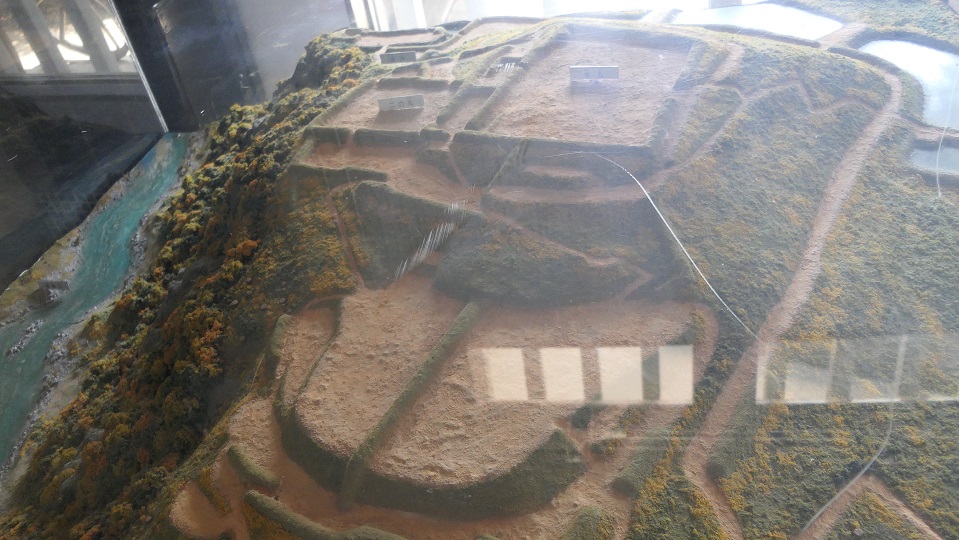
How to get There
If you want to visit there by car:
It is about 10 minutes away from Nirasaki IC on the Chuo Expressway.
There is a parking lot alongside Yamanashi Prefectural Road 17 on the east of the ruins.
By train, it takes about 10 minutes on foot from Shinpu Station on the JR Chuo Line.
To get to Shinpu Station from Tokyo: Take the limited express Azusa or Kaiji at Shinjuku Station, and transfer at Kofu Station to the Chuo Line.
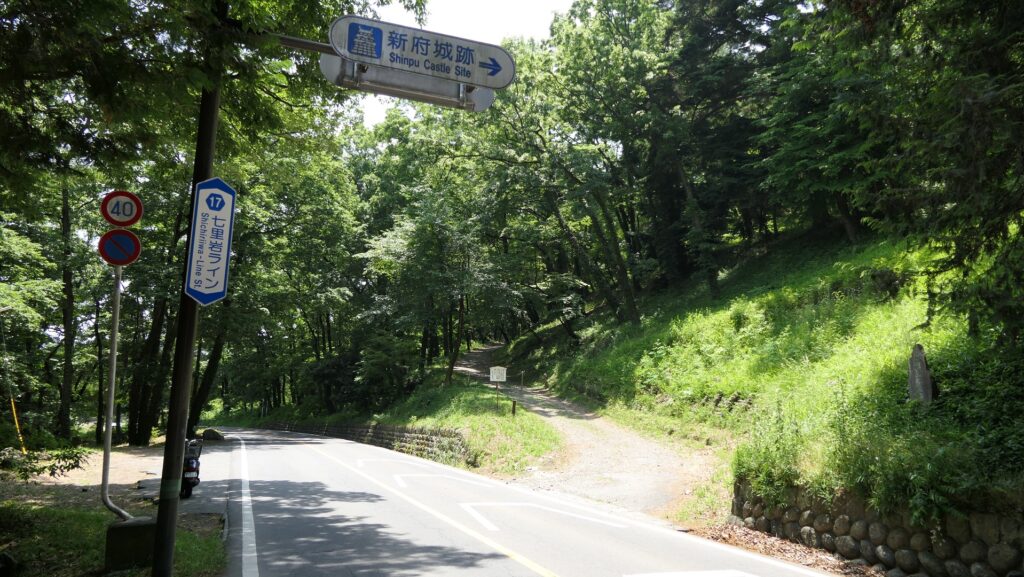

Links and References
・Shimpu Castle Ruins, Nirasaki City Official Site
・Shinpu Castle Ruins, Nirasaki City Tourism Association
That’s all. Thank you.
Back to “Shinpu Castle Part1”
Back to “Shinpu Castle Part2”

